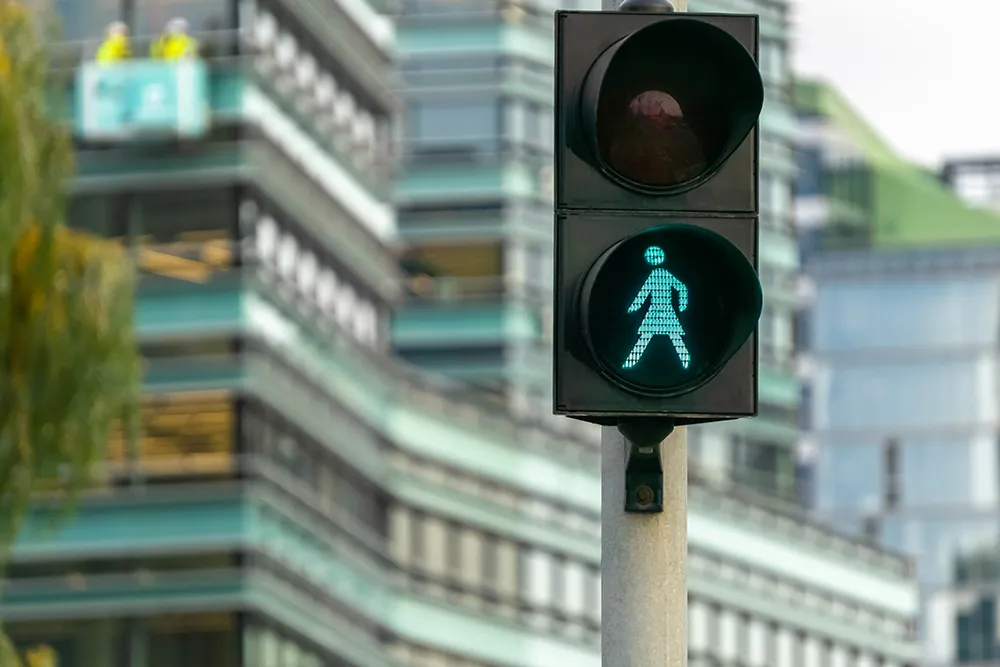A technical tour of the Australian Integrated Multimodal Eco-System (AIMES) living laboratory electrified ITS Australia’s 2018 National Electronic Tolling and Charging Conference in Melbourne. Based at the University of Melbourne’s School of Engineering, AIMES had, by early in the year, achieved interconnection of 15 traffic intersections in the city.
Since going live in April 2017, the lab has been collecting data on public, private, freight and active transportation to support strategic decision-making o
August 21, 2018
Read time: 2 mins

A technical tour of the Australian Integrated Multimodal Eco-System (AIMES) living laboratory electrified 858 ITS Australia’s 2018 National Electronic Tolling and Charging Conference in Melbourne. Based at the University of Melbourne’s School of Engineering, AIMES had, by early in the year, achieved interconnection of 15 traffic intersections in the city.
Since going live in April 2017, the lab has been collecting data on public, private, freight and active transportation to support strategic decision-making on traffic planning and public transport efficiency, while paving the way for the introduction of connected and autonomous vehicles. It uses thousands of intelligent sensors positioned on the transportation infrastructure across the city’s 6km2 central area.
Association member378 Cubic Transportation Systems has also won its latest research award for the central role of the company’s Transport Management Platform in supporting the lab.
This aims to demonstrate the estimated scope for connected transport to help reduce by up to 90% the economic cost of road crashes in Australia, currently running at AU$27 billion (US$20.25bn) a year. The project has also won a 2017 OpenGov Asia award.
Since going live in April 2017, the lab has been collecting data on public, private, freight and active transportation to support strategic decision-making on traffic planning and public transport efficiency, while paving the way for the introduction of connected and autonomous vehicles. It uses thousands of intelligent sensors positioned on the transportation infrastructure across the city’s 6km2 central area.
Association member
This aims to demonstrate the estimated scope for connected transport to help reduce by up to 90% the economic cost of road crashes in Australia, currently running at AU$27 billion (US$20.25bn) a year. The project has also won a 2017 OpenGov Asia award.










